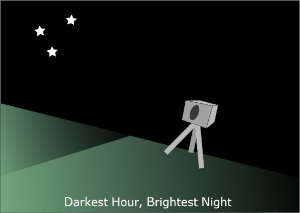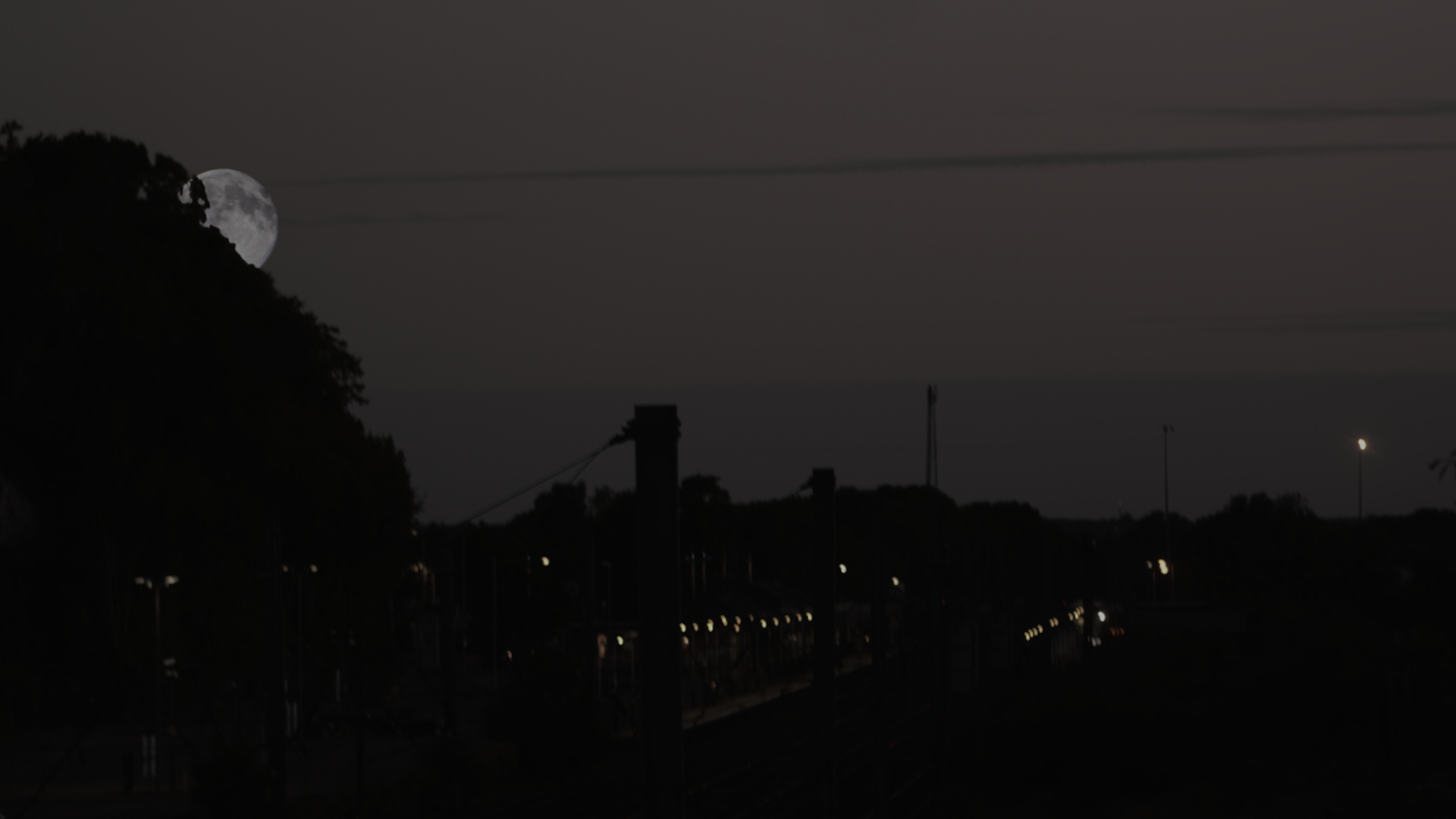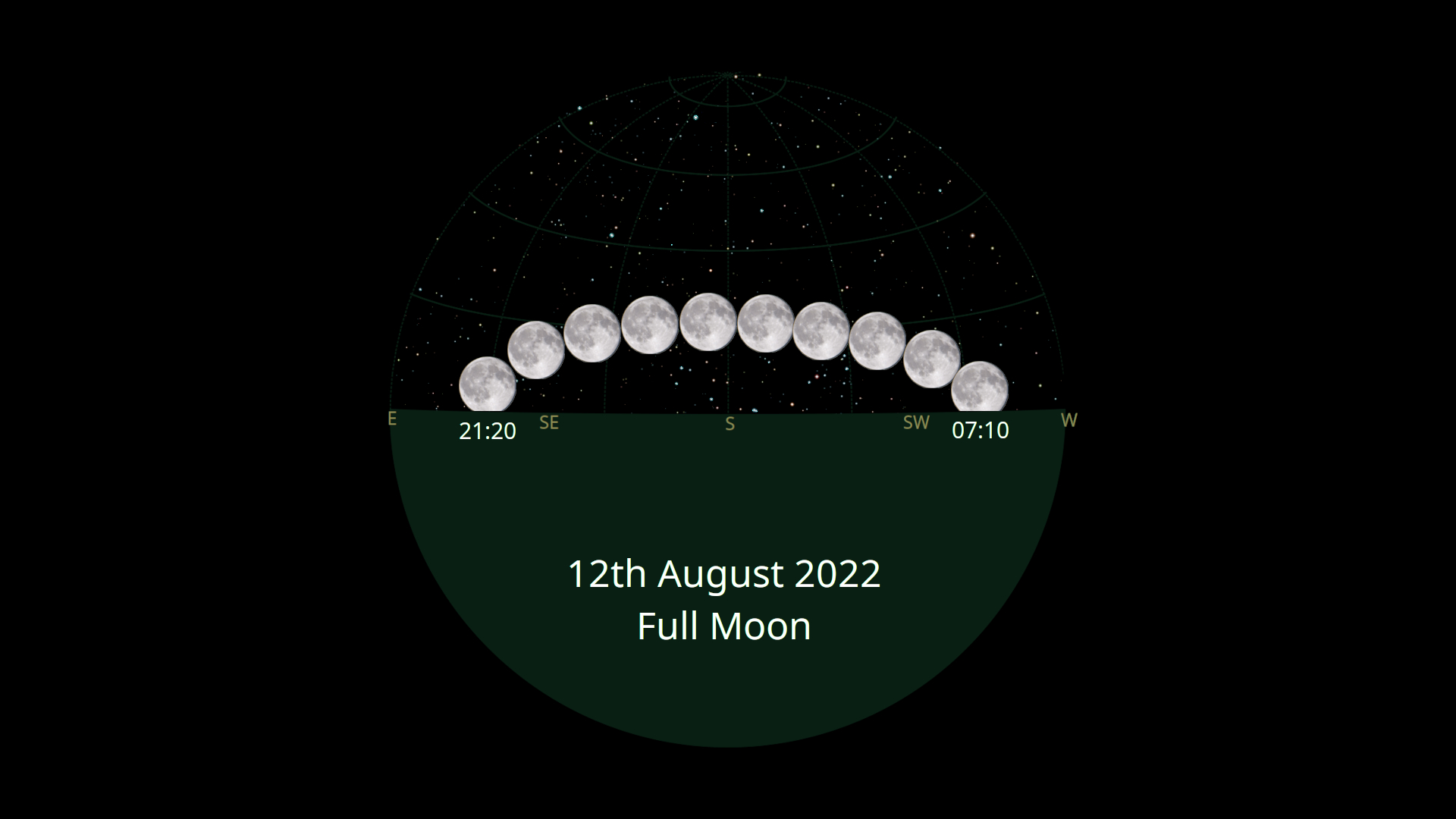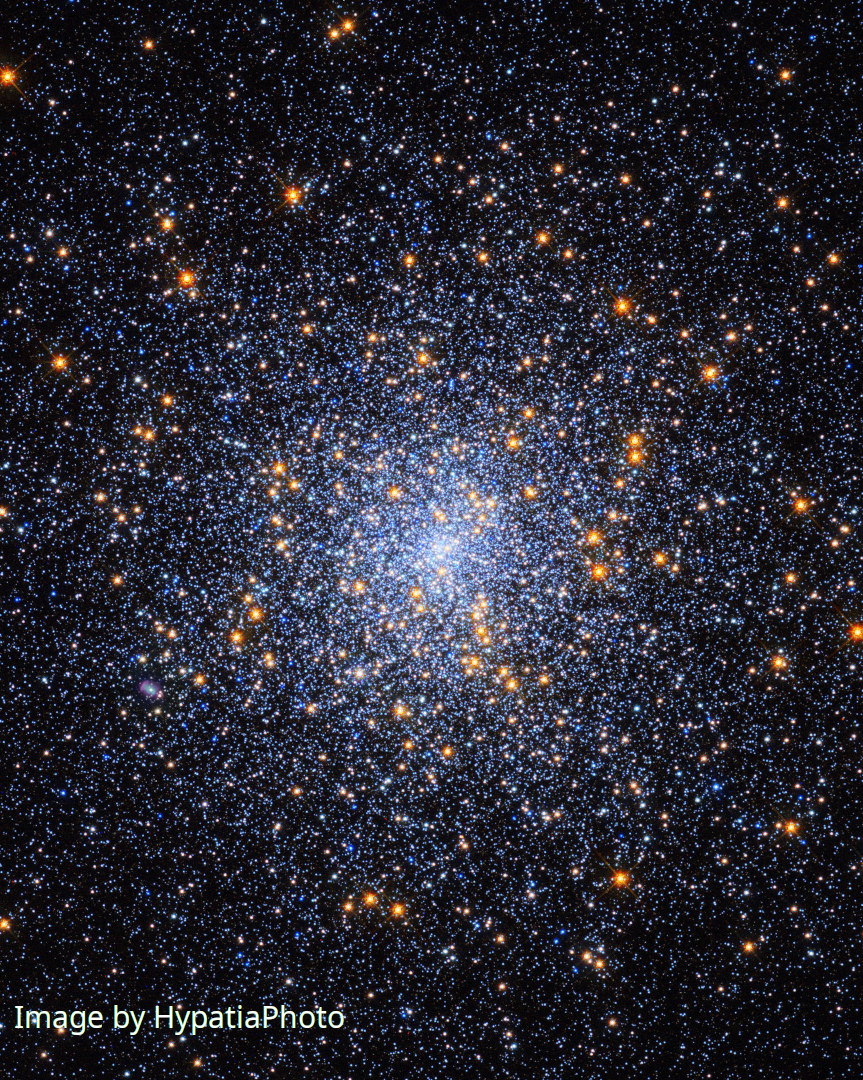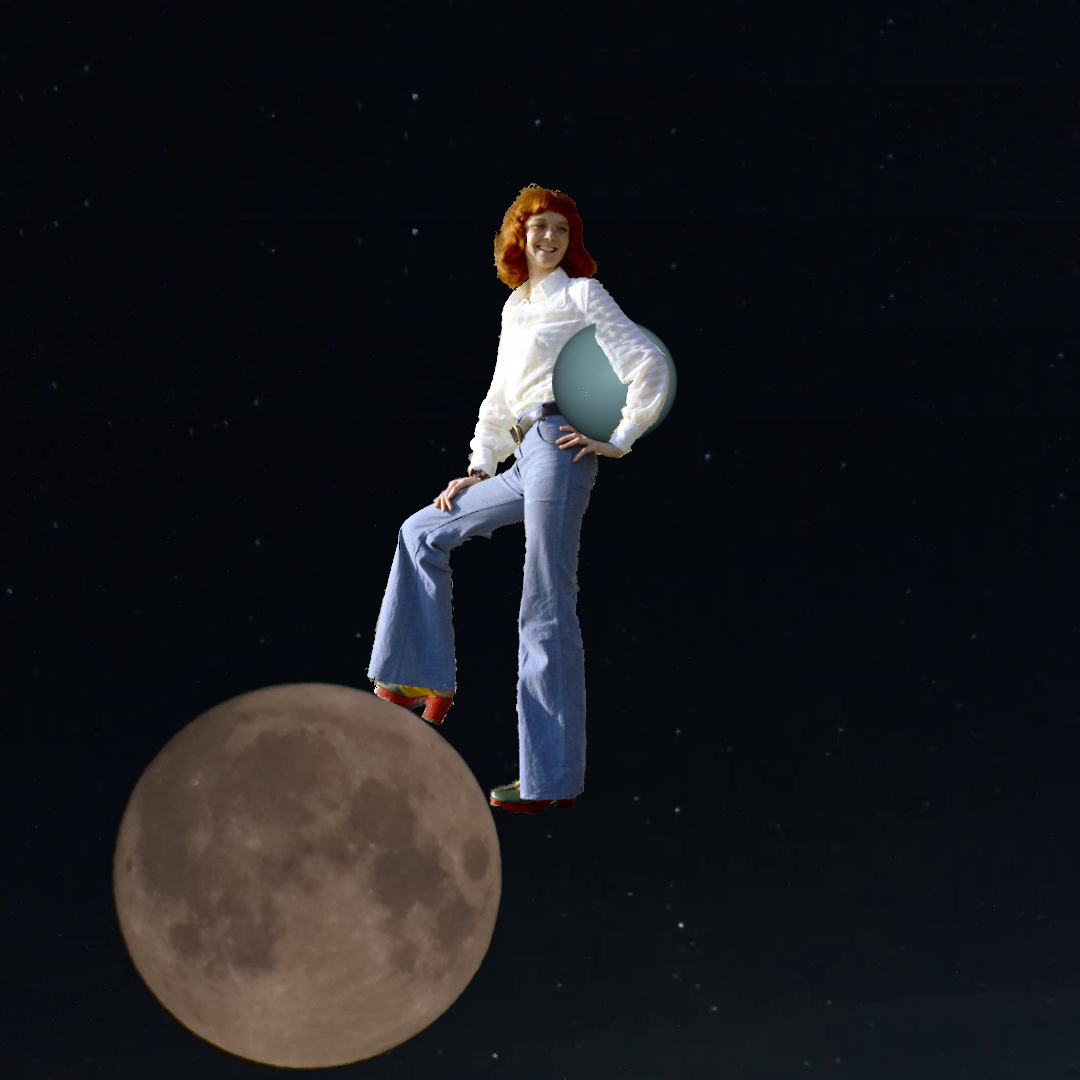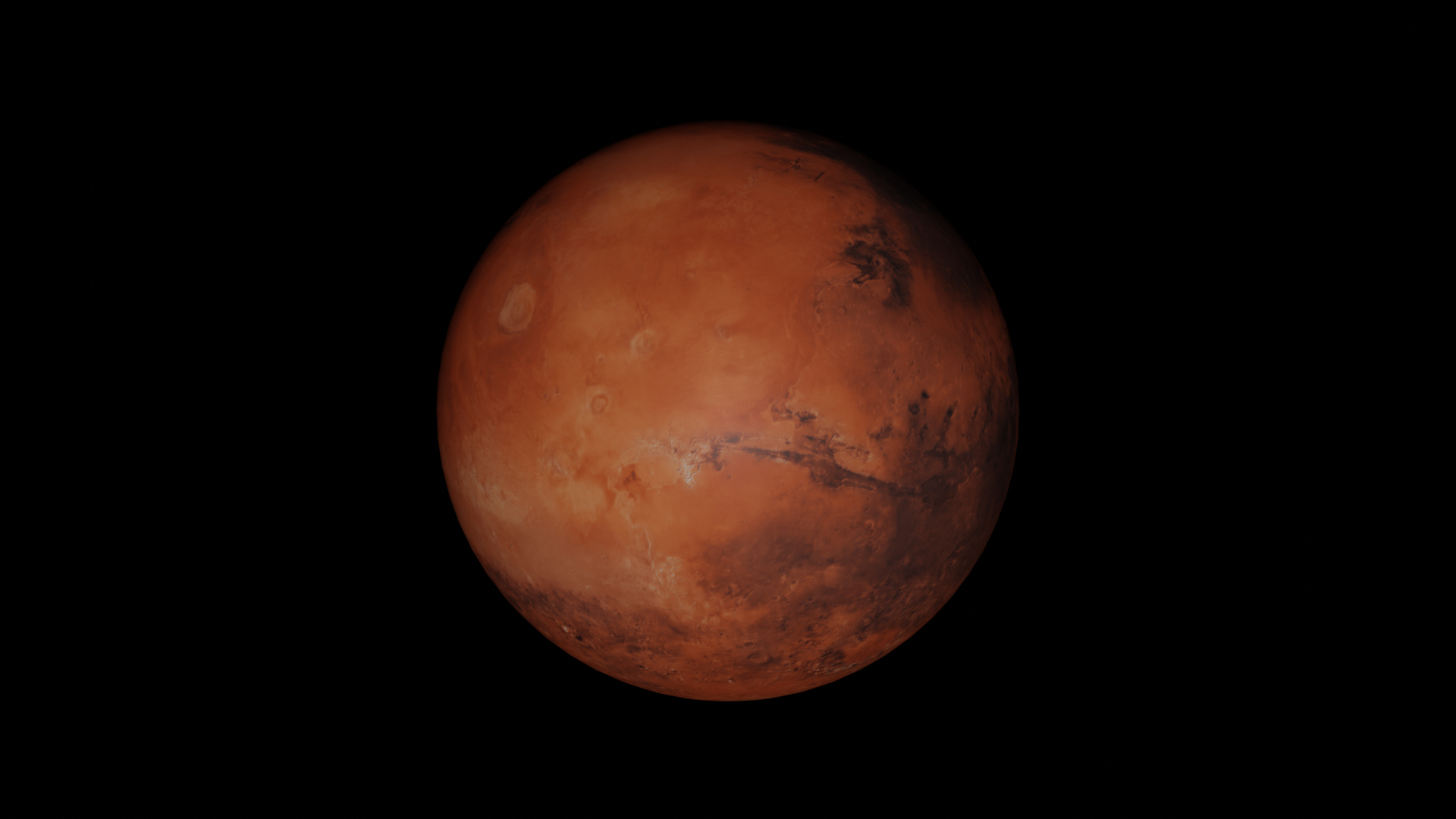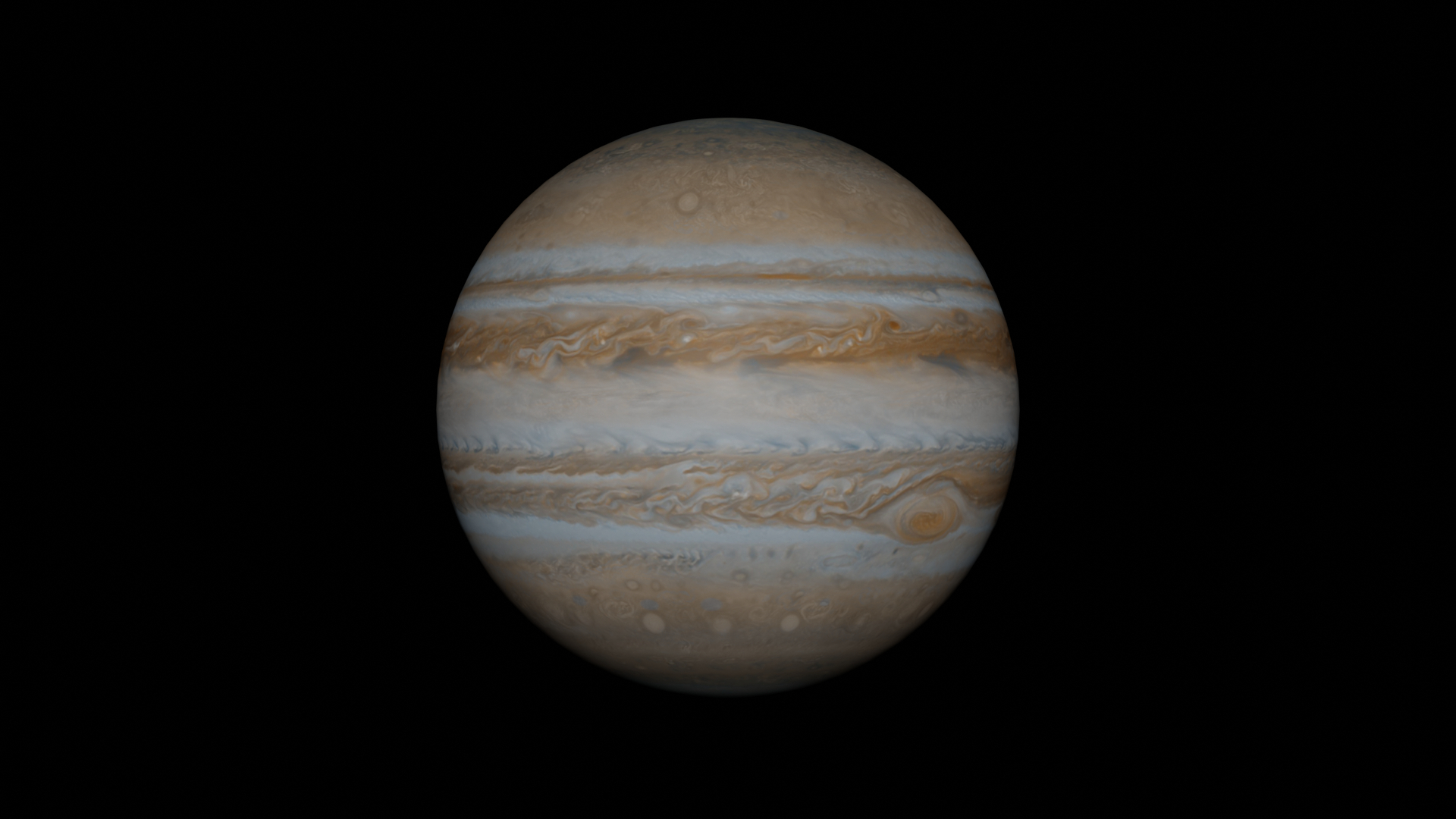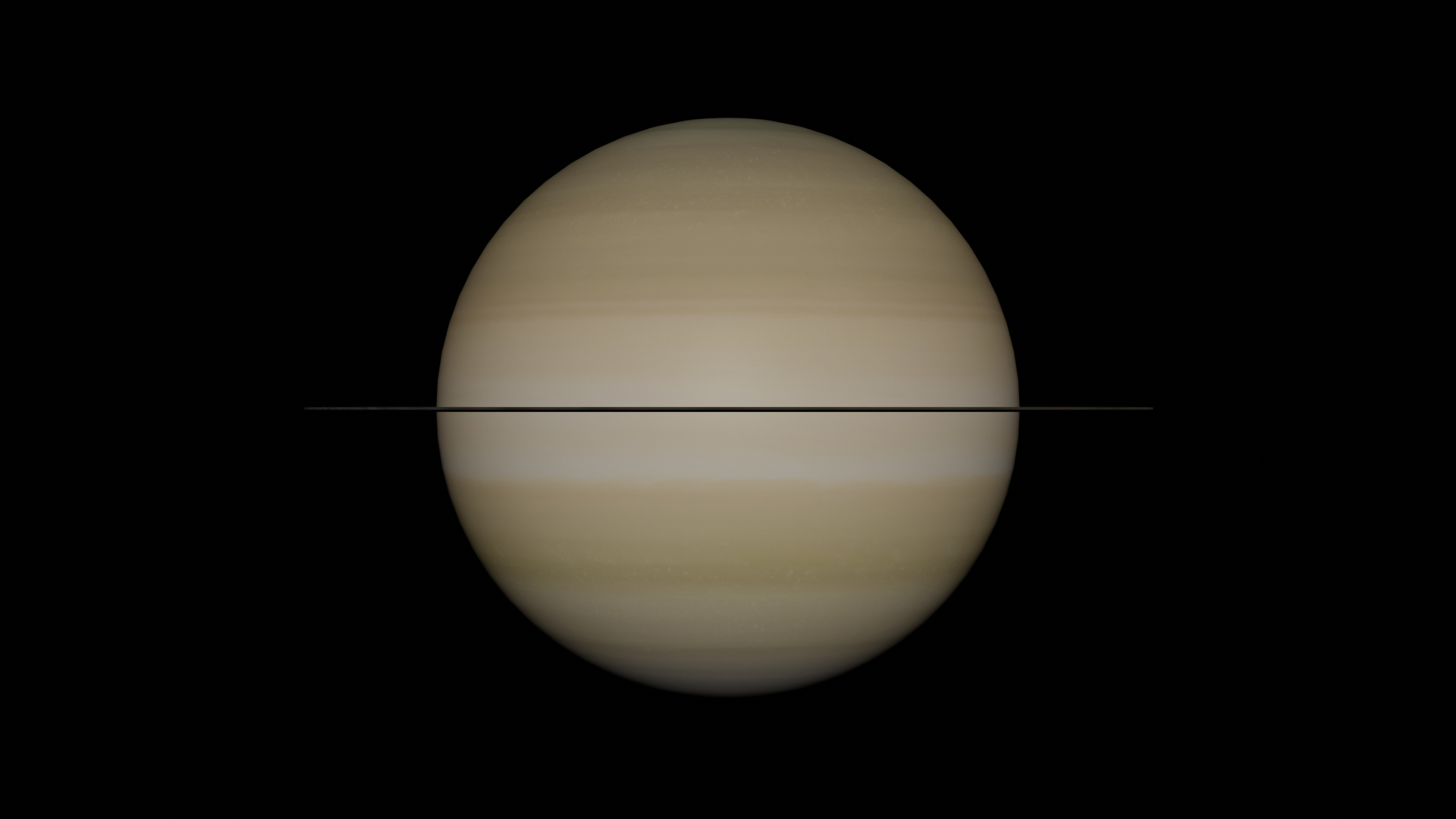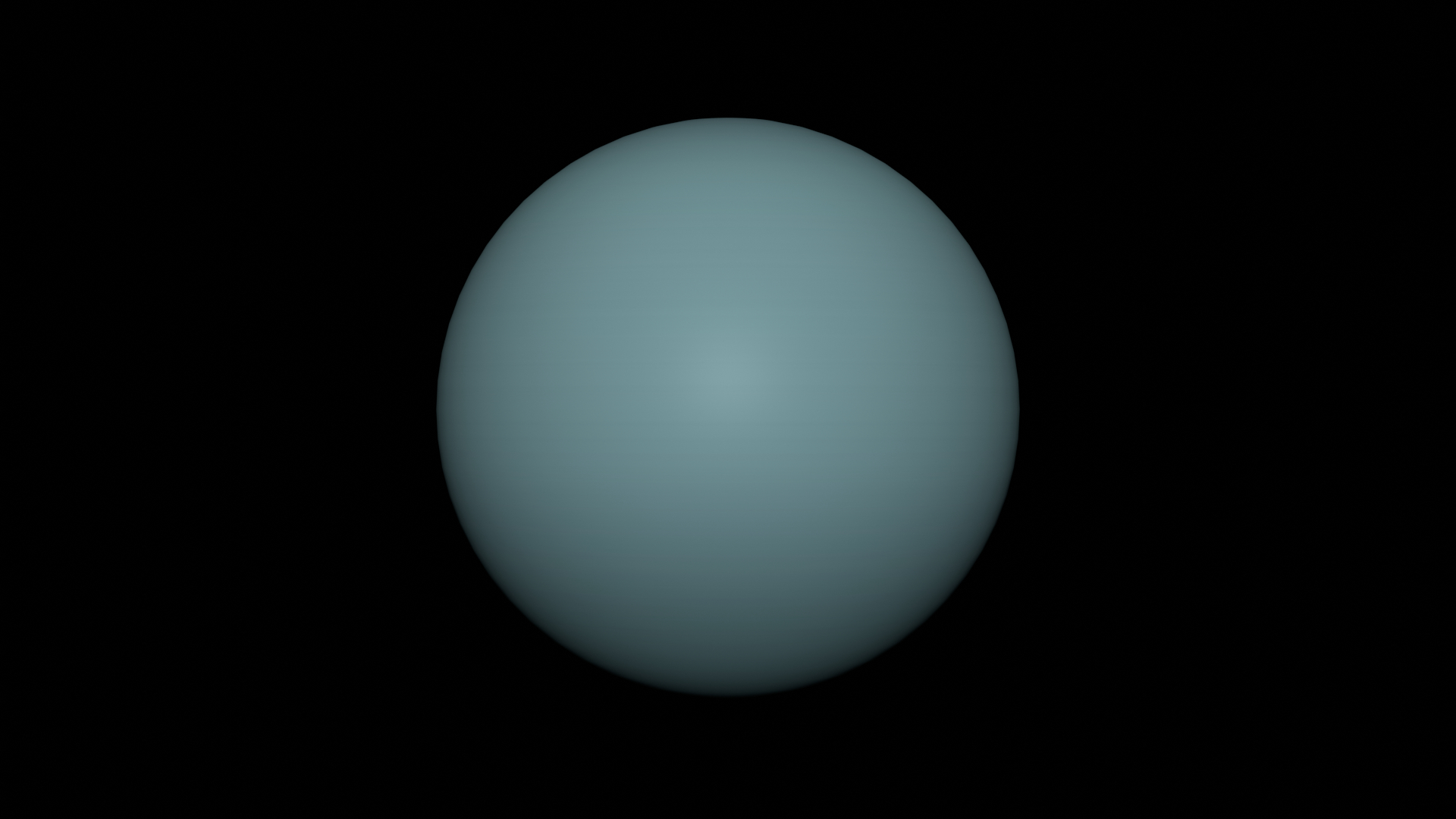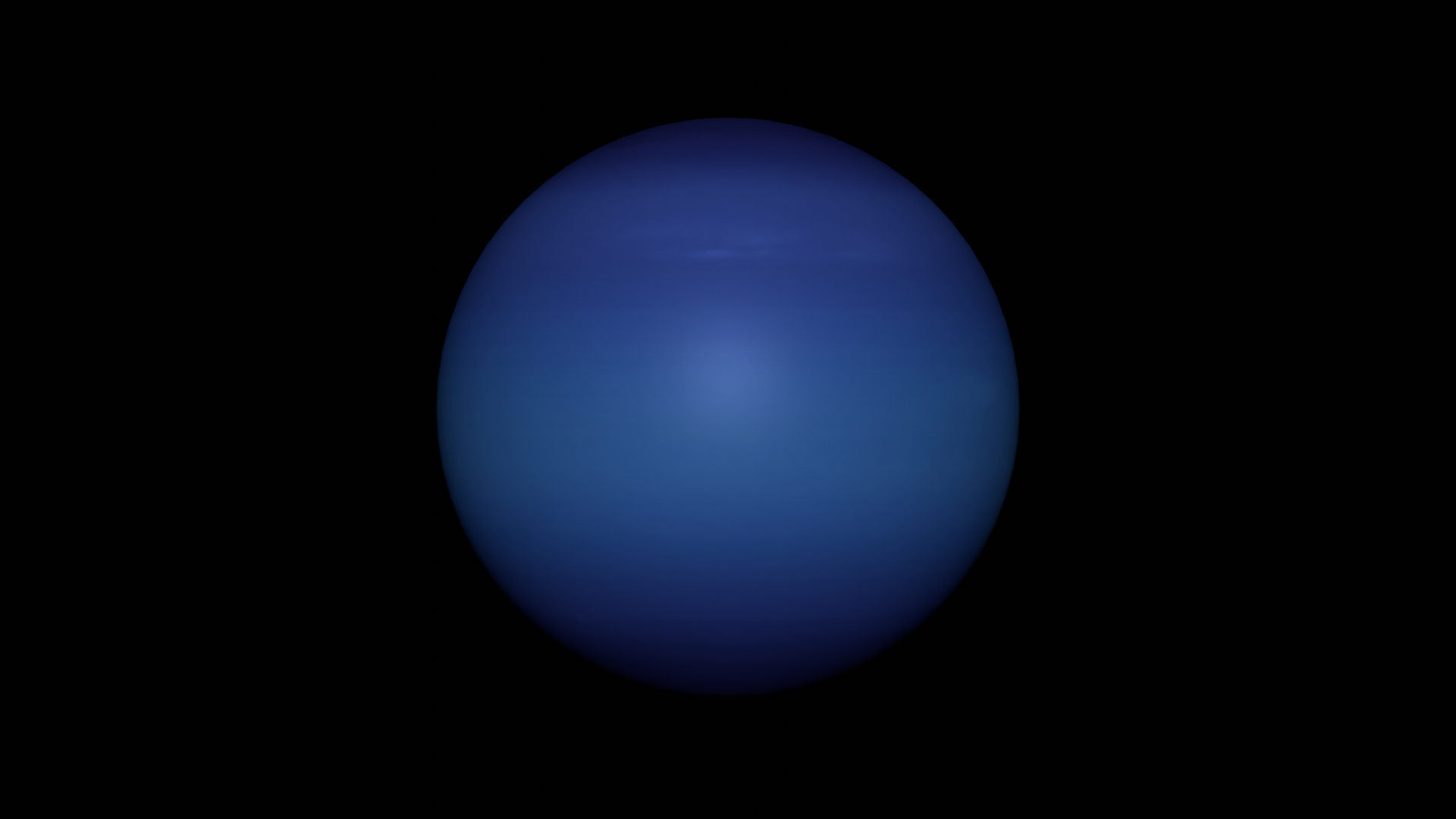Realm of Darkness
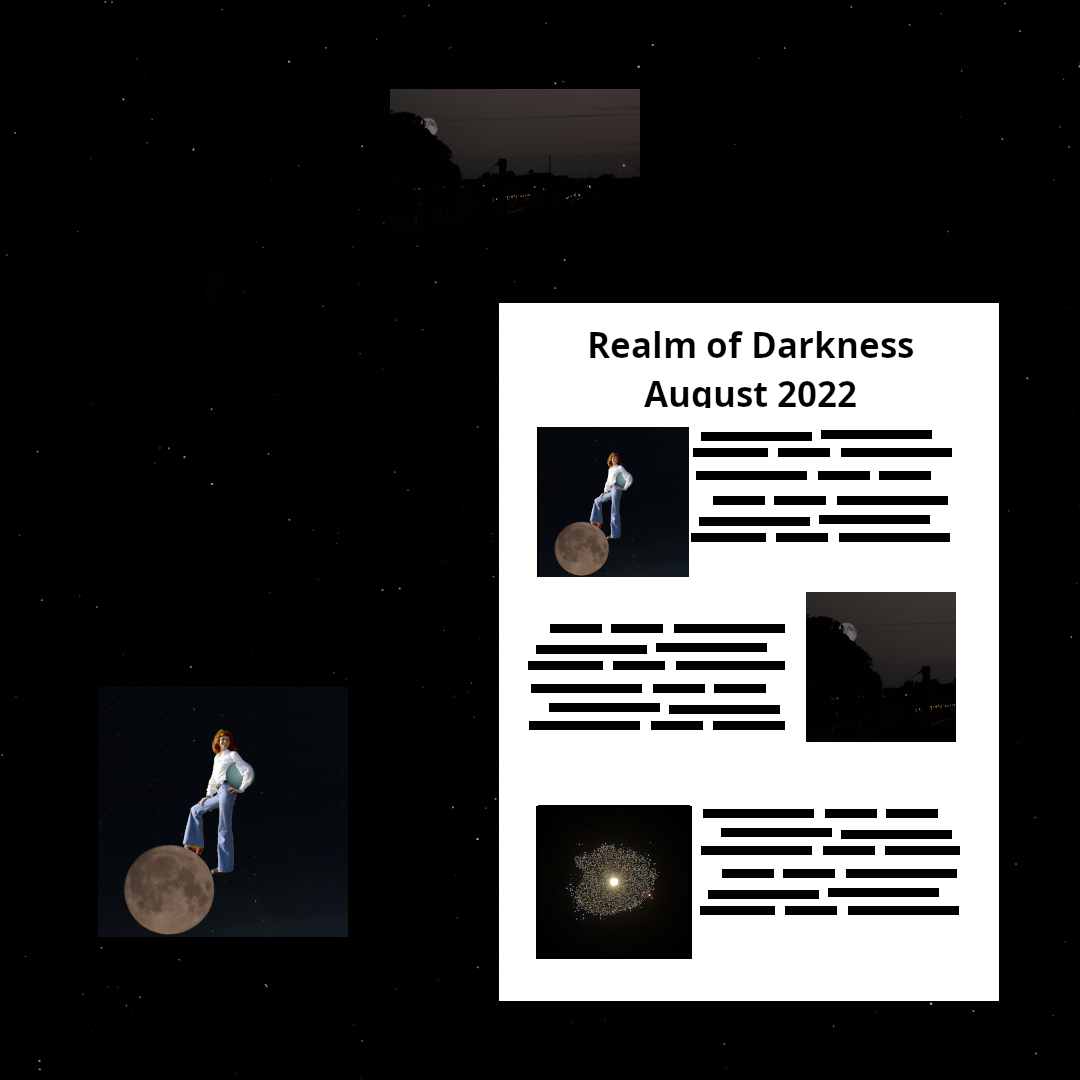

A video read version of this article is available

An audible read version of this article is available
Published: 22nd July 2022
With the release in July, of the James Webb Space Telescope images. Hopefully, you will be inspired to look up to view or photograph
With the opportunity to view a mixture of star clusters, meteors, and planets, there should be something for you
August is also the first anniversary, of the publication of our first article. You can view our first article via this link and our first, night sky time-lapse video via this link
Thank you to our readers, viewers, and listeners. We will continue to create content going forward, and if you have any suggestions. Then please feel welcome to contact us
Second Week
Friday, 12th August
Full Moon
Our enemy the Full Moon occurs on Friday 12th August. With it occurring on a Friday night, it may disrupt the observation of other objects
However, it may provide an opportunity to view and photograph. Providing us with information on our enemy
The August Full Moon is also known as a Sturgeon Moon
The Moon rises at around 21:20 in an east / southeast direction. And will set at about 7:10 AM, the next day, in a southwest / west direction
Saturday, 13th August
Perseid Meteor Shower
The Perseid Meteor Shower reaches its peak at about 3:00 AM on Saturday 13th August
Although the meteor shower will occur and can be viewed from the 17th of July til the 24th of August
The high ZHR of 150, will mean that in theory, you may see several meteors a minute
But with the Full Moon having occurred the previous night, then this will make viewing more difficult. You may want to attempt to view it on a night when the Moon is less overpowering
The meteor shower is caused by the 109P Swift-Tuttle comet
Third Week
Sunday, 14th August
M15 - Great Pegasus Cluster Good Visibility
Sunday the 14th of August, provided a good opportunity to view M15. Also, known as the Greater Pegasus Cluster, it is located in the Pegasus constellation
Image created by HypatiaPhoto under Creative Commons 2.0 LicenseIt should be visible from around 22:15, located in a southwest direction, about 36° above the horizon
By around 4:20, M15 will finally not be visible, as the sun begins to rise
You will need either a pair of binoculars or a telescope to view
Monday, 15th August
M2 – Globular Cluster Good Visibility
Monday the 15th provides a great chance to view the M2 Globular Cluster, located in the Aquarius constellation
Image created by NASA Hubble under Creative Commons 2.0 LicenseIt should be visible from around 22:15, located in a southwest direction, about 37° above the horizon
At around 4:20, as the Sun begins to rise, M2 will disappear
A pair of binoculars or a telescope will be required to view
Fourth Week
Wednesday, 24th August
Uranus Goes Retro
The 24th of August means that Uranus enters retrograde motion
Original Image from Mike Powell under Attribution-ShareAlike 2.0 Generic LicenseThe modified image can be downloaded from this link
This means that Uranus will appear to start moving from an easterly direction to a westerly direction
It is caused by the rotation of the Earth around the Sun and will last until January 2023
Unless you are seriously studying Uranus, it won’t affect your viewing. But is, none the less, a useful bit of astronomy information
Thursday, 27th August
New Moon
Thursday the 27th, means we are blessed with a Moon free night
Moonset occurs at around 20:40, with the sunset occurring at around 20:00. And the Moon rising again at about 7:00, the next day
This will give us astronomers and astrophotographers,a chance to view objects. That may otherwise be outshone by the Moonlight
Planet Spotting
Venus
Venus will rise in the morning, shortly before sunrise, and shall be a bright object
Rising in a northeast direction
Mars
In August, Mars starts rising in the very late evenings and should be visible in the early mornings
And will be visible through the night, until the morning. Visible in an easterly direction
Jupiter
Jupiter rises in the evenings but it is best to view in the early morning, when it reaches its highest point
It will be visible in an east to south direction
Saturn
In August, Saturn rises in the evenings. However will rise to its greatest height, and thus visibility in the early mornings
Saturn can be located in a southeast to southwest direction
Uranus
If you would like to try and view Uranus in August, then wait until later in the month. This will increase your chance of viewing
It can be found in a north east to east direction
Neptune
To view Neptune, the best time to view is in the early mornings of August. It reaches its highest point in the middle of August
It can be found in a southeast to south direction
Associated Podcast / Video
Darkest Hour, Brightest Night also produce the Realm of Darkness podcast and video. Which gives you an overview of the events due to occur in August 2022
These should be released on the 25th July 2022, and the podcast can be found in the Podcast section. Or on your podcast app
The Realm of Darkness video can be found in the video section of our website
Social Media
Following us on social media will keep you up to date on the events mentioned in this article, and other related updates
Support
If you enjoyed the article and would like to help us in creating more content. Then please consider donating via Buy Me a Coffee
Written by: Ben Patmore
Ben Patmore is an amateur astrophotographer
Feedback
Feedback is always welcomed regarding the article. Our details can be found on our contact page
